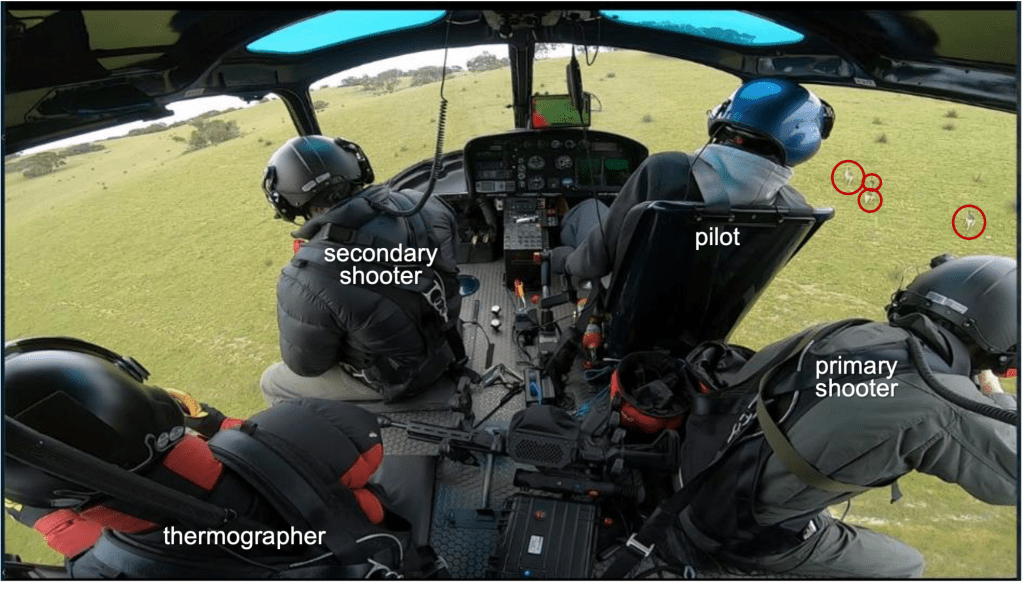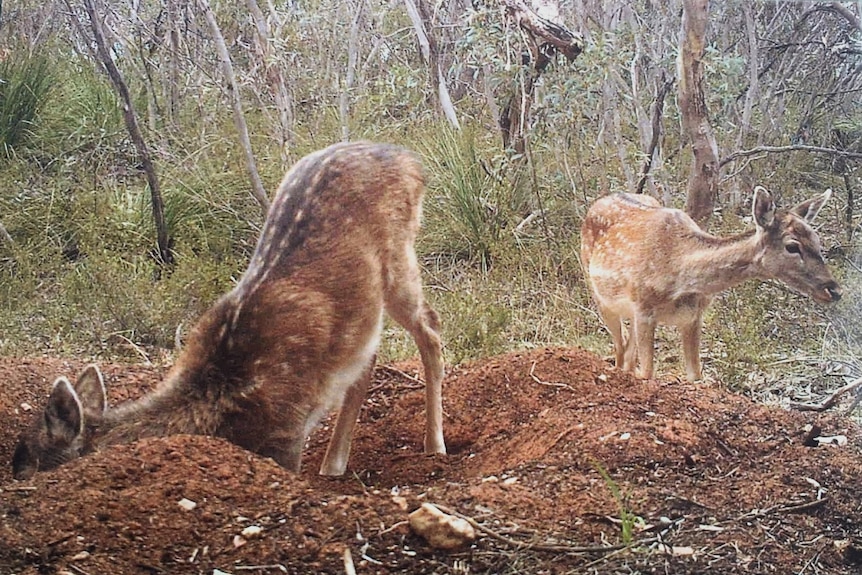From time to time I turn my research hand to issues of invasive species control, for example, from manipulating pathogens to control rabbits, to island eradication of feral cats and pigs, to effective means to control feral deer.

Not only do invasive species cost well over $1.7 trillion (yes, that’s trillion, with 12 zeros) each year in terms of damage and control (a minimum of $25 billion per year in Australia alone), they are one of the main drivers of biodiversity loss globally. So, if you baulk at lethal forms of control of invasive species, you are simultaneously stating that you’re fine with the torture and death of millions (if not, billions) of native animals each year.
Thanks to the collaborative and evidence-driven foresight of my colleagues at PIRSA Biosecurity and Landscape Boards, I was recently involved in more research examining the most efficient, cost-effective, and humane ways to cull feral dear in South Australia. The resulting paper is now in review in NeoBiota, but we have also posted a pre-print of the article.

Feral deer are a real problem in Australia, and South Australia is no exception. With six species of feral deer in the country already (fallow Dama dama, red Cervus elaphus, hog Axis porcinus, chital A. axis), rusa C. timorensis, and sambar Rusa unicolor deer), fallow deer are the most abundant and widespread. These species are responsible for severe damage to native plants, competition with native animals, economic losses to primary industries (crops, pastures, horticulture, plantations), and human safety risks from vehicle collisions. Feral deer are also reservoirs and vectors of endemic animal diseases and have the potential to transmit exotic animal diseases such as foot-and-mouth. If left uncontrolled, within 30 years the economic impacts of feral deer could reach billions of dollars annually.
Read the rest of this entry »



